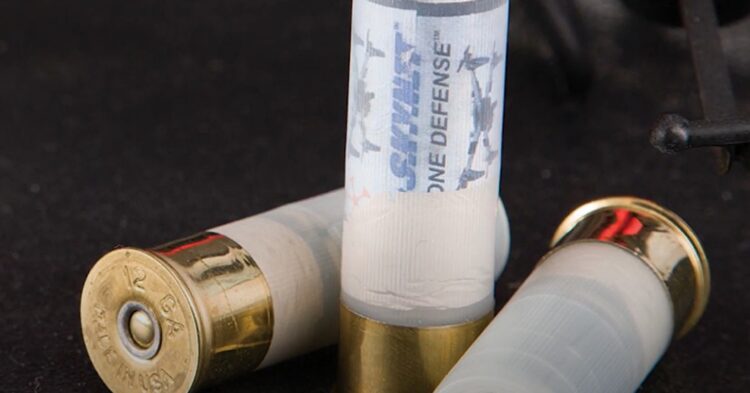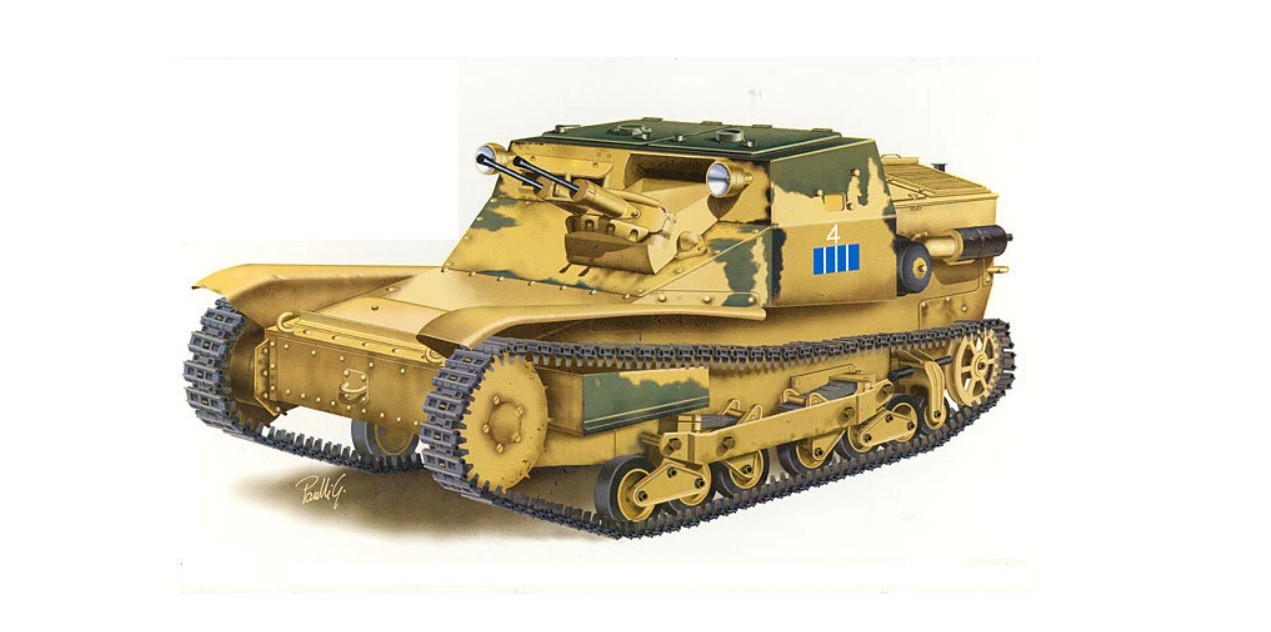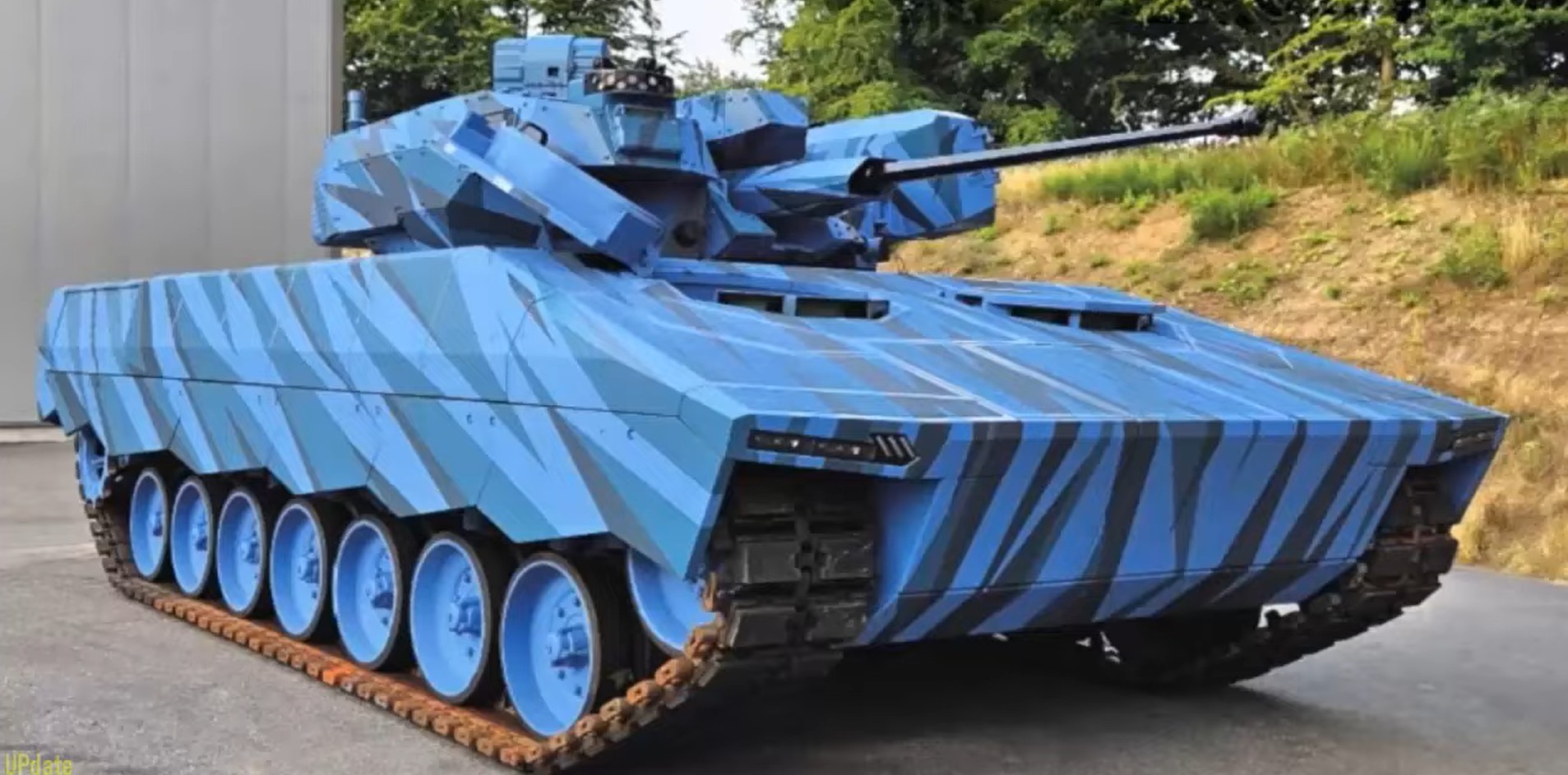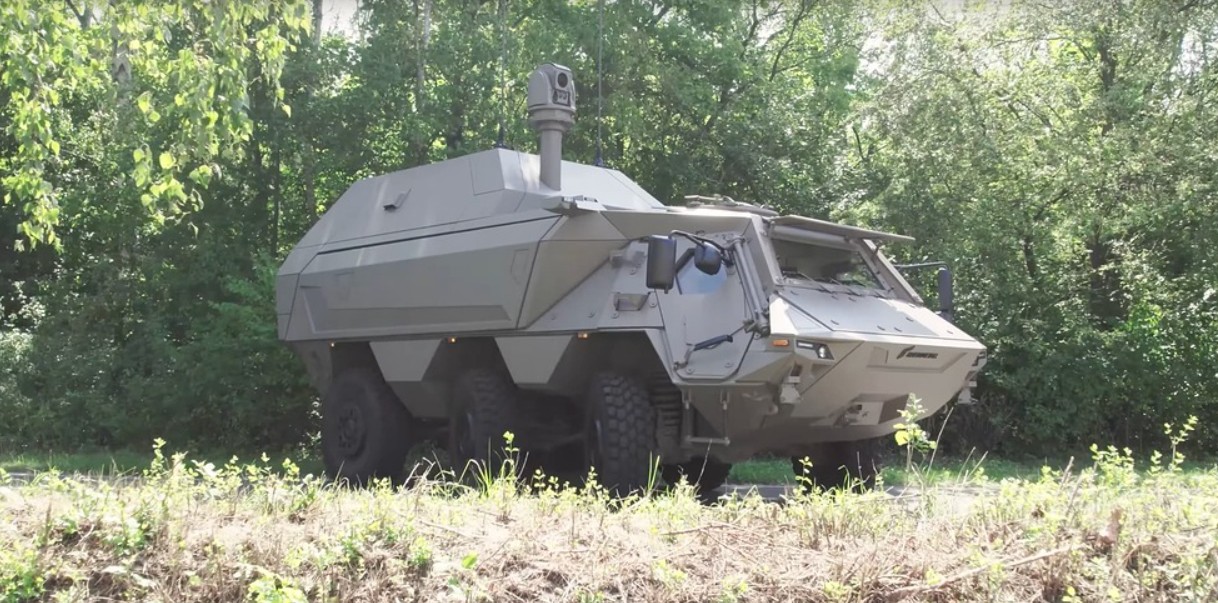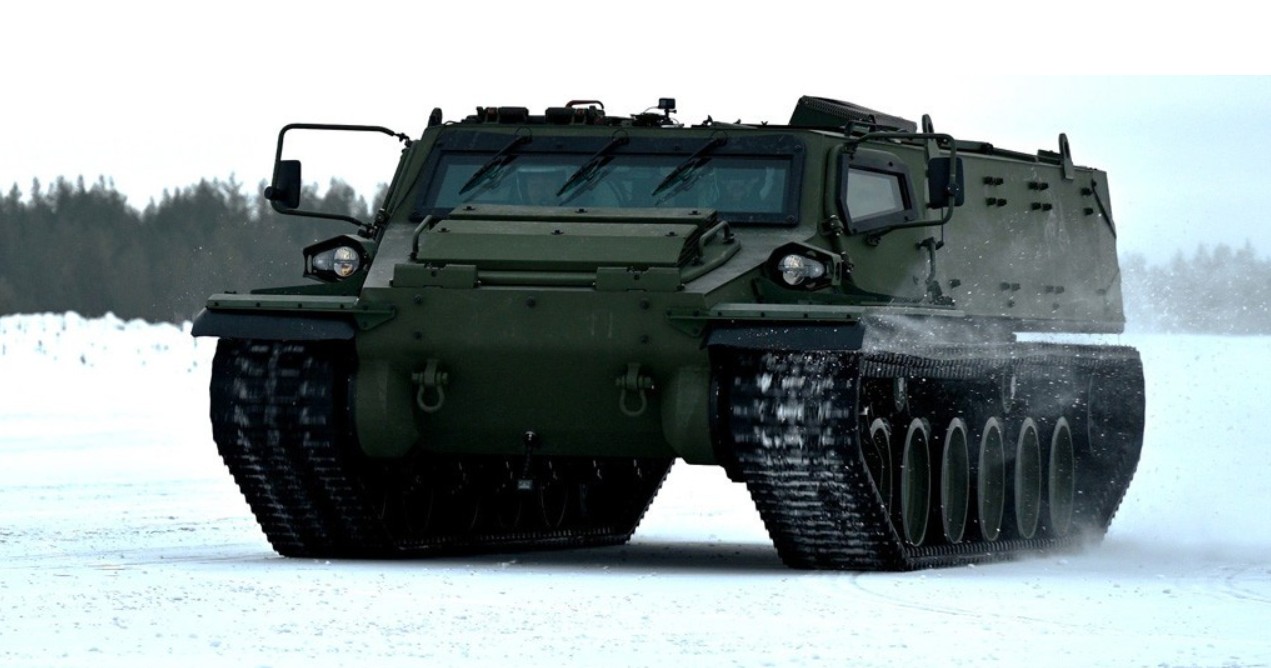The Rise of Drone Technology and Security Concerns
The past decade has witnessed the exponential growth of drone technology. Drones are increasingly utilized across various sectors such as agriculture, cinematography, and logistics, proving to be powerful tools for innovation and advancement. However, with the rise in the availability and capability of drones, potential security threats have emerged, necessitating advancements in counter-drone measures.
The Growing Need for Counter-Drone Measures
The versatility and accessibility of drones have unfortunately made them a tool for unwanted surveillance and even potential acts of warfare. As a result, governments and military forces are investing in technologies designed specifically for neutralizing these threats. Among various methods being explored, the development of counter-drone shotgun shells represents a critical advancement in minimizing risks associated with unauthorized drone activities.
Understanding Counter-Drone Shotgun Shells
To address increasing drone threats, the Army has innovated the use of specialized shotgun shells that offer a tactical edge in counter-drone operations. These shells are not the typical ammunition seen in regular firearms; they are specifically engineered to effectively disable or destroy unmanned aerial vehicles (UAVs).
How These Shells Work
Counter-drone shotgun shells are designed to burst into a cloud of projectiles upon being fired. These projectiles form a pattern that significantly increases the chances of hitting a fast-moving drone. Unlike standard shotgun shells that disperse pellets, these counter-drone variants are optimized for increased coverage and accuracy.
Technical Specifications
| Specification | Detail |
|---|---|
| Shell Type | 12-gauge |
| Projectile Material | Composite or Metallic Alloys |
| Effective Range | Up to 100 meters |
| Spread Pattern | Wide dispersal for maximum coverage |
Advantages of Using Shotgun Ammo for Drone Defense
- Cost-Effective: Compared to expensive laser or electronic countermeasures, shotgun shells offer a budget-friendly alternative for neutralizing drones.
- Rapid Deployment: Shotguns loaded with counter-drone shells can be quickly deployed and operated with minimal training.
- Versatile Use: These shells can be employed in various environments, making them suitable for urban as well as rural settings.
Operational Deployment and Real-World Applications
The adoption of counter-drone shotgun shells extends beyond theoretical and experimental frameworks, with actual deployment in military exercises and operations. Military bases and troops now employ these shells as part of their standard anti-drone defenses during missions that involve high-risk from aerial threats.
Integration with Other Counter-Drone Systems
While effective, these shotgun shells are not used in isolation. They are integrated into a broader counter-drone strategy that includes radar detection systems, jamming technologies, and other kinetic solutions. This multi-faceted approach ensures a higher probability of neutralizing unauthorized drones.
Complementary Technologies
- Radar Monitoring: Used to detect approaching drones and provide real-time threat assessment.
- Electronic Jamming: Temporarily disables the communication systems of drones to prevent remote control access.
- Net Guns: Another kinetic method used to capture and immobilize UAVs in restricted areas.
Ethical and Legal Considerations
Despite the apparent necessity and advantages of counter-drone shotgun shells, their use raises questions about ethical and legal implications. Deliberate intervention with a flying object, especially in civilian airspace, requires careful regulation to avoid unintended consequences such as collateral damage.
Hence, legal frameworks are being developed and refined to ensure that the deployment of such technologies does not breach national and international laws governing airspace and military engagements.
The Future of Counter-Drone Technologies in Military Operations
As drone technology continues to advance, so too must the methods by which they are countered. The development of counter-drone shotgun shells marks a significant progression but is merely one component of a much larger technological arms race. Future innovations may see the integration of AI to improve targeting accuracy and the development of more sophisticated neutralization technologies.
With continued investment and focus, military forces around the world are poised to strengthen their defense against the potential threats posed by drones, ensuring better security for national and global interests.
